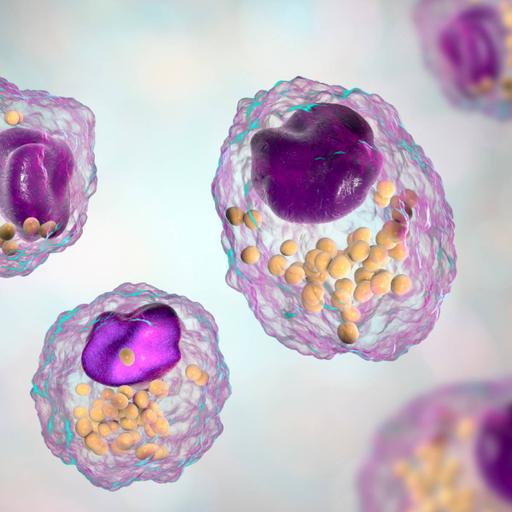Lipids
Presentations | English
Lipids are molecules that contain hydrocarbons and make up the building blocks of the structure and function of living cells. These molecules yield high energy and are responsible for different functions within the human body. Examples of lipids include fats, oils, waxes, certain vitamins, hormones and most of the cell membrane that is not made up of protein. Lipids are not soluble in water as they are non-polar, but are thus soluble in non-polar solvents such as chloroform. Lipids are mainly composed of hydrocarbons in their most reduced form, making them an excellent form of energy storage, as when metabolized the hydrocarbons oxidize to release large amounts of energy. Lipids that contain an ester functional group are hydrolysable in water. These include neutral fats, waxes, phospholipids, and glycolipids. Fats and oils are composed of triglycerides, made up of glycerol and 3 fatty acids to form a triester. Triglycerides are found in the blood, and stored in fat cells. Non-hydrolysable lipids lack such functional groups and include steroids and fat-soluble vitamins.

11.50
Lumens
PPTX (23 Slides)
Lipids
Presentations | English
